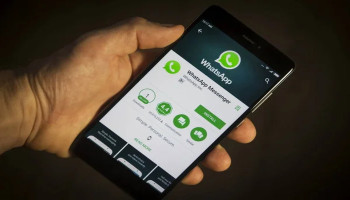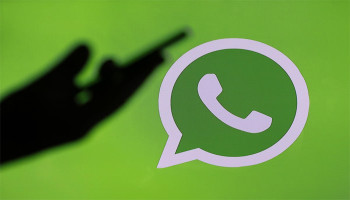
While iPhone theft has been a longstanding issue, criminals have shifted their focus to the valuable information stored within the device, such as banking apps and sensitive data. As thefts continue to rise, it is crucial to take precautions to protect yourself and your data. This article explores various measures you can take to prevent others from seeing your iPhone password, secure your sensitive data, and provides guidance on what to do if your iPhone is stolen.
Preventing someone from seeing your iPhone password
To prevent others from seeing your iPhone password, consider implementing the following measures:
- Use Face ID or Touch ID: With a biometric lock, no one can see your password.
- Opt for complex passwords: Avoid using simple, easily guessable passwords like repeated digits or sequential orders. Instead, use a combination of numbers and letters for a more secure password. Adjust this setting in your iPhone's Settings.
- Unlock with Apple Watch: If you own an Apple Watch, configure your iPhone to unlock using your Apple Watch. Enable this feature in Face ID & Passcode settings.
- Unlocking iPhone with a mask: If you don't have an Apple Watch, you can enable "Face ID with a Mask" in settings to facilitate unlocking while wearing a mask.
Protective steps to take before iPhone theft
Before your iPhone falls into the wrong hands, take the following precautions to protect your data:
- Add screen time limits for sensitive apps: Utilise the Screen Time feature in iPhone Settings to set time limits for banking and email apps. This limits unauthorised access to these apps, as a four-digit password will be required after a brief grace period.
- Keep bank apps on a separate device: If possible, use a spare iPhone solely for banking apps. By segregating these apps, you can prevent unauthorised access to your financial information from your primary device.
- Leverage eSIM technology: Criminals typically remove SIM cards from stolen iPhones, making them untraceable. However, using an eSIM, especially on iOS 15 or later, prevents this evasion tactic. The Find My app can help track your iPhone's location, even when powered off.
- Lock specific functions: In iPhone Settings, restrict access to sensitive features, such as Control Centre, Notification Centre, Wallet, and Accessories, while the device is locked. This safeguard helps protect your data if the criminal does not know your password.
- Secure iCloud settings: Within the Screen Time section, apply Content & Privacy Restrictions to restrict Location Services, Passcode Changes, and Account Changes. This prevents criminals from altering your Apple ID or disabling the Find My feature even if they gain access to your unlocked iPhone.
- Add a family member: Consider adding a trusted family member to your Find My app. This allows you to track your lost or stolen device, play a sound, and receive location updates — a valuable resource if someone you know falls victim to theft.
Actions to take if your iPhone is stolen
In an unfortunate instance where your iPhone gets stolen, immediately take the following actions:
- Change passwords: Change your Apple ID, social media, and email passwords to prevent unauthorised access to your accounts and data.
- Notify your bank: Contact your bank promptly to report the theft and request a block on your credit card to prevent unauthorised transactions.
















